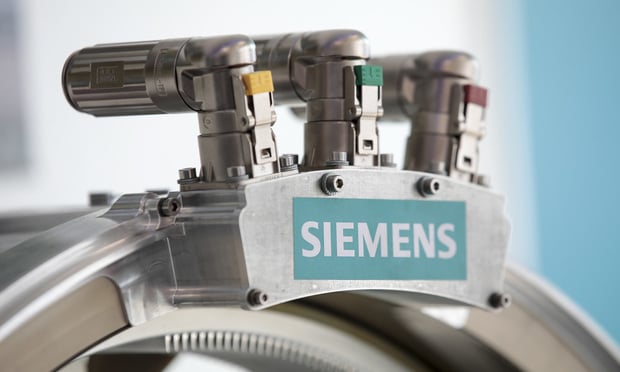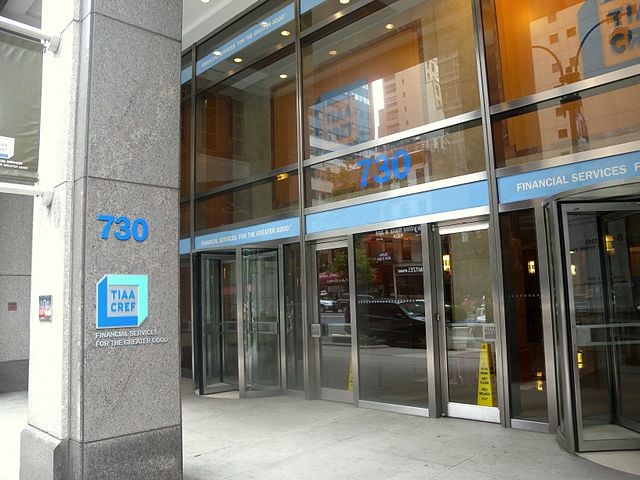Experts at the American Society of Pension Professionals & Actuaries say electronic delivery for legally required defined contribution plan disclosures is more user-friendly and will help plan participants more easily understand and respond to the information provided.
ASPPA is urging the Department of Labor to make electronic delivery the default mechanism for conveying disclosure notices and information to plan participants.
“The arc of change is overwhelmingly in the direction of electronic rather than paper delivery,” said Peter P. Swire, an expert on cyberspace and laws governing the Internet, who was commissioned by ICI and ASPPA to undertake the study. “With Internet access so widespread today, electronic disclosure is actually better in major respects than traditional paper delivery. There is a compelling case for the next DOL regulation to permit plans to choose a default rule of electronic delivery.”
Continue Reading for Free
Register and gain access to:
- Breaking benefits news and analysis, on-site and via our newsletters and custom alerts
- Educational webcasts, white papers, and ebooks from industry thought leaders
- Critical converage of the property casualty insurance and financial advisory markets on our other ALM sites, PropertyCasualty360 and ThinkAdvisor
Already have an account? Sign In Now
© 2024 ALM Global, LLC, All Rights Reserved. Request academic re-use from www.copyright.com. All other uses, submit a request to [email protected]. For more information visit Asset & Logo Licensing.








